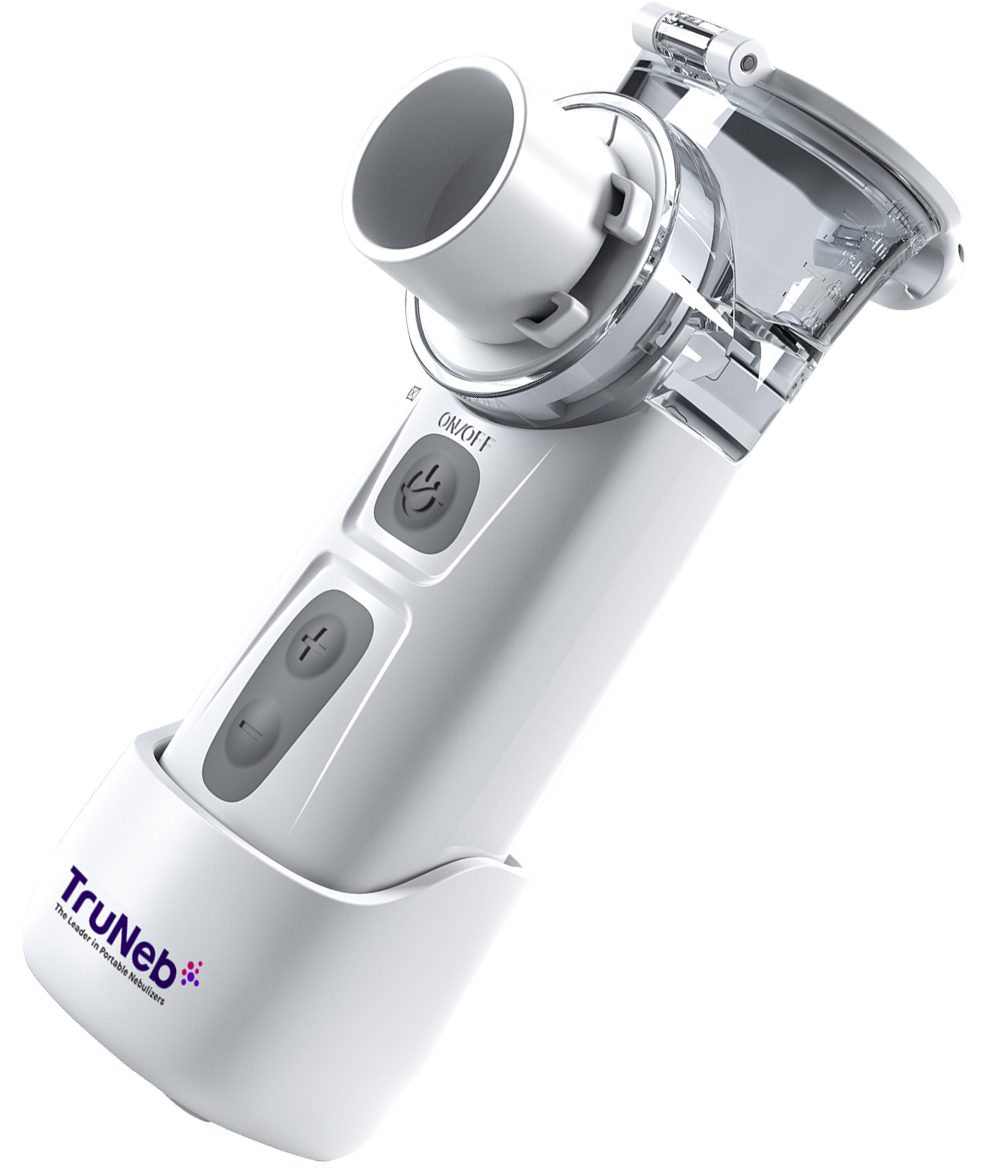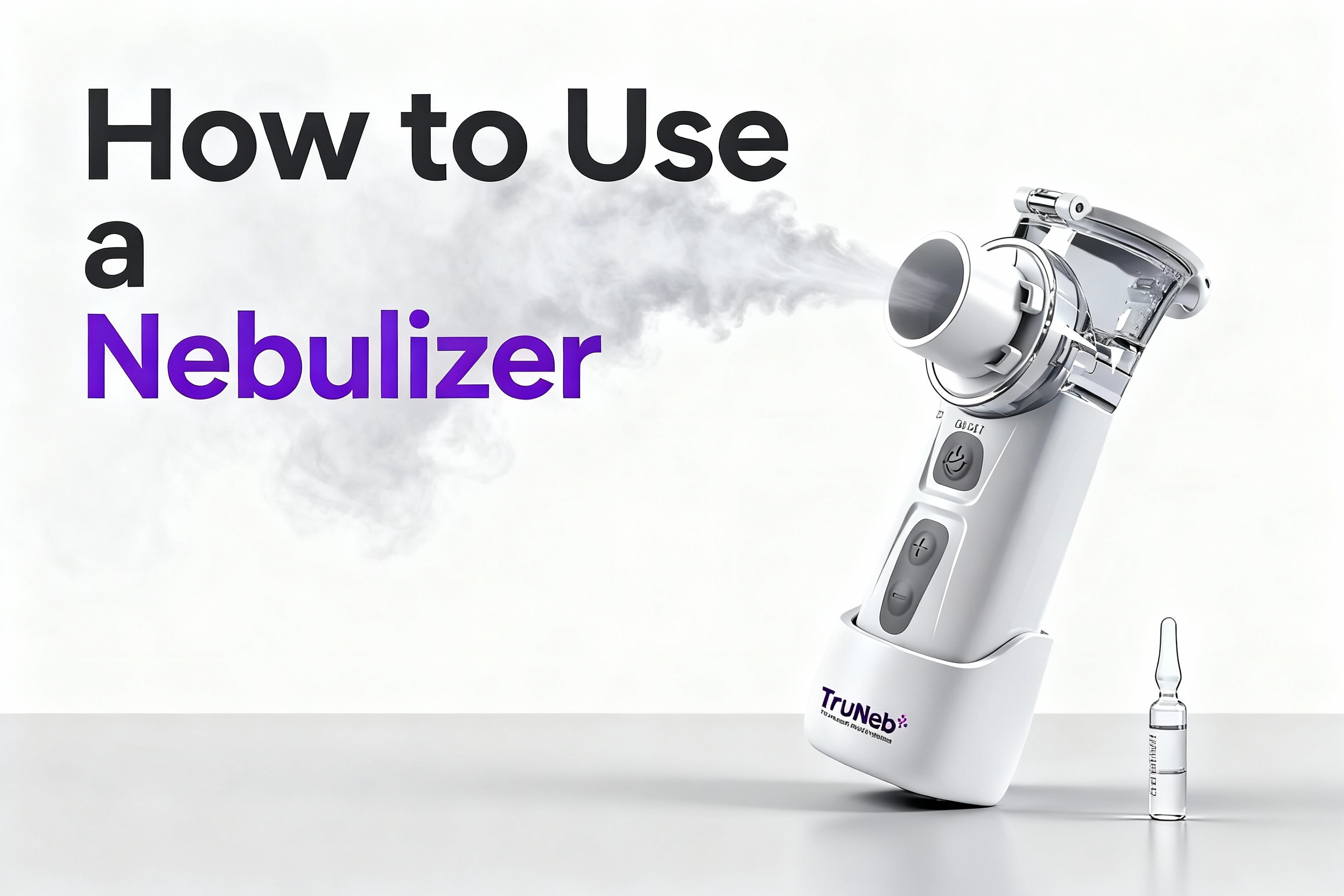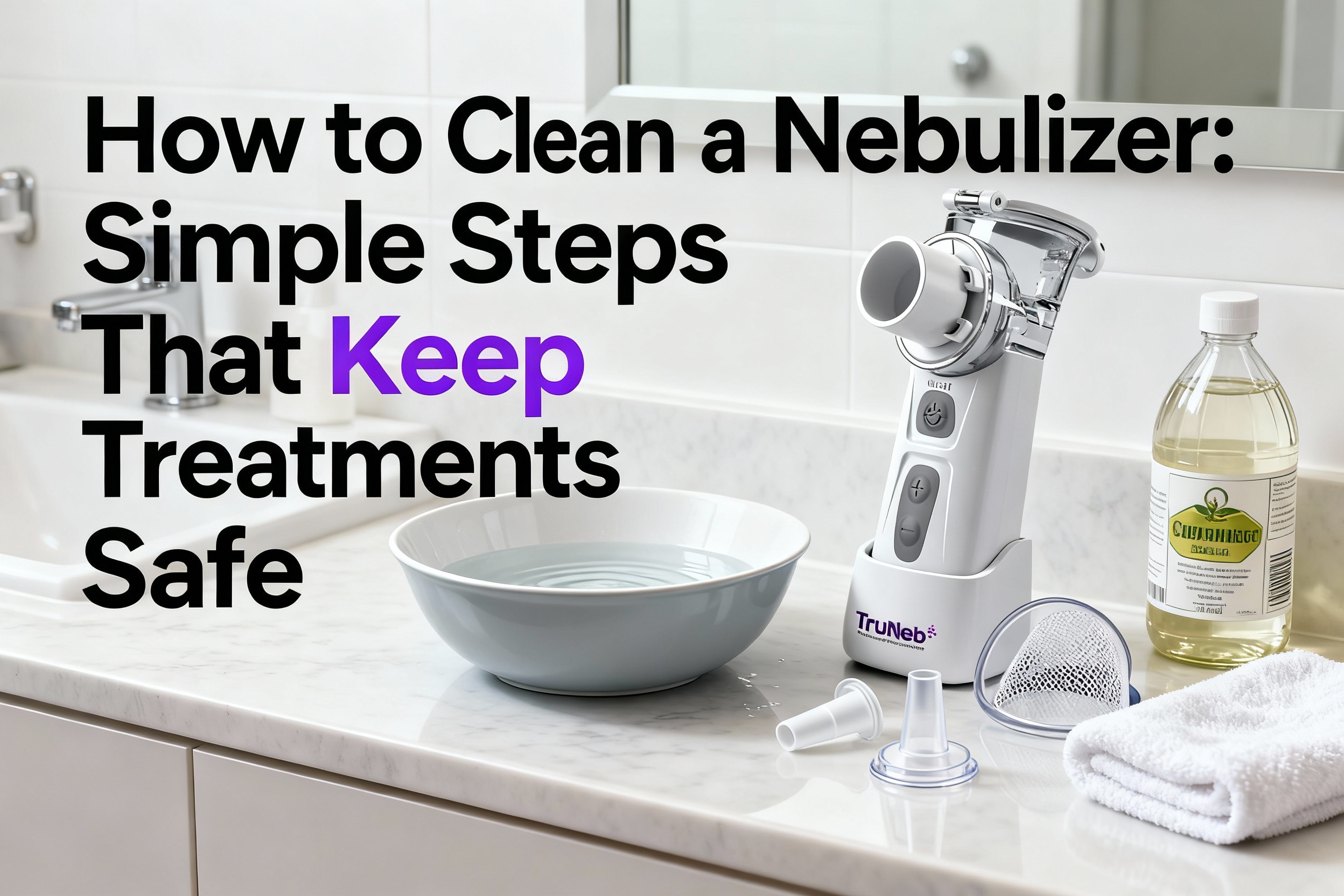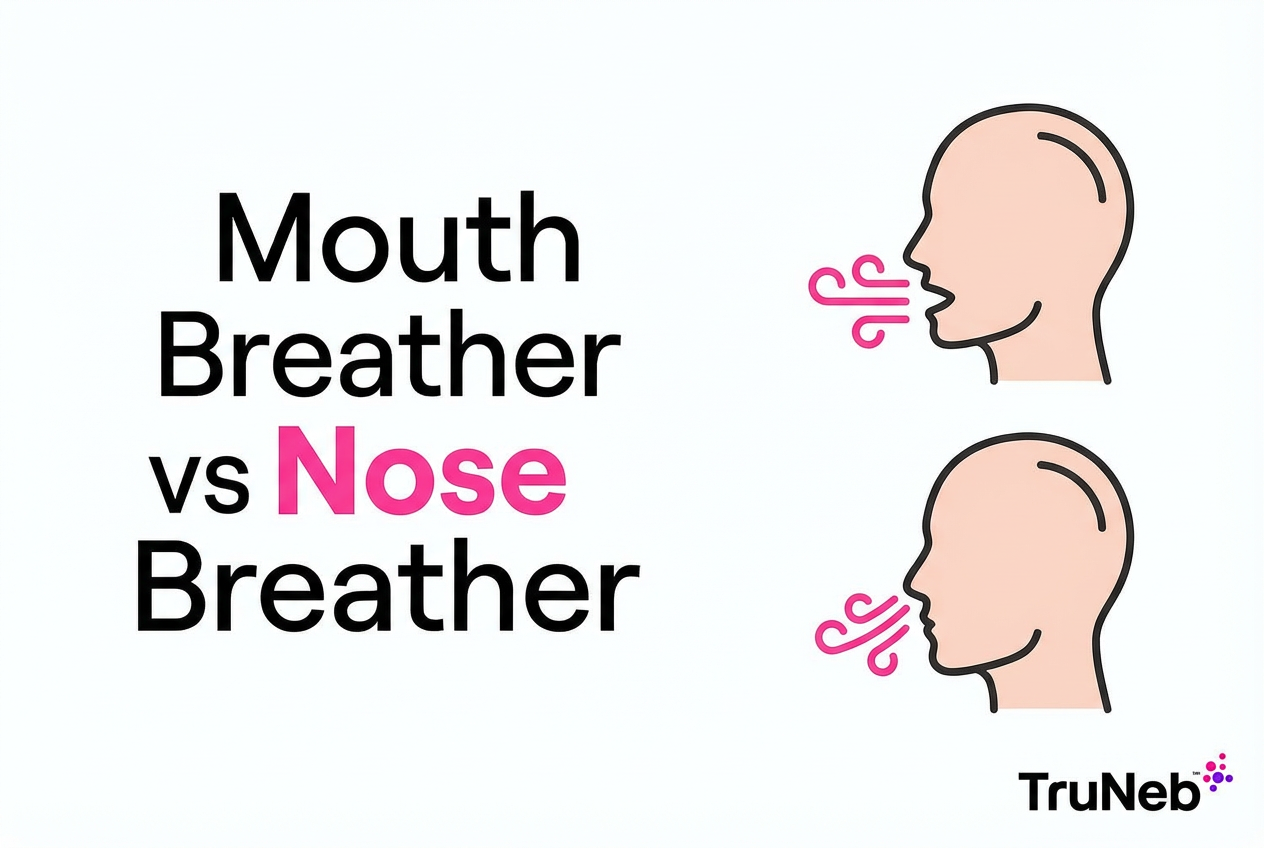On this page
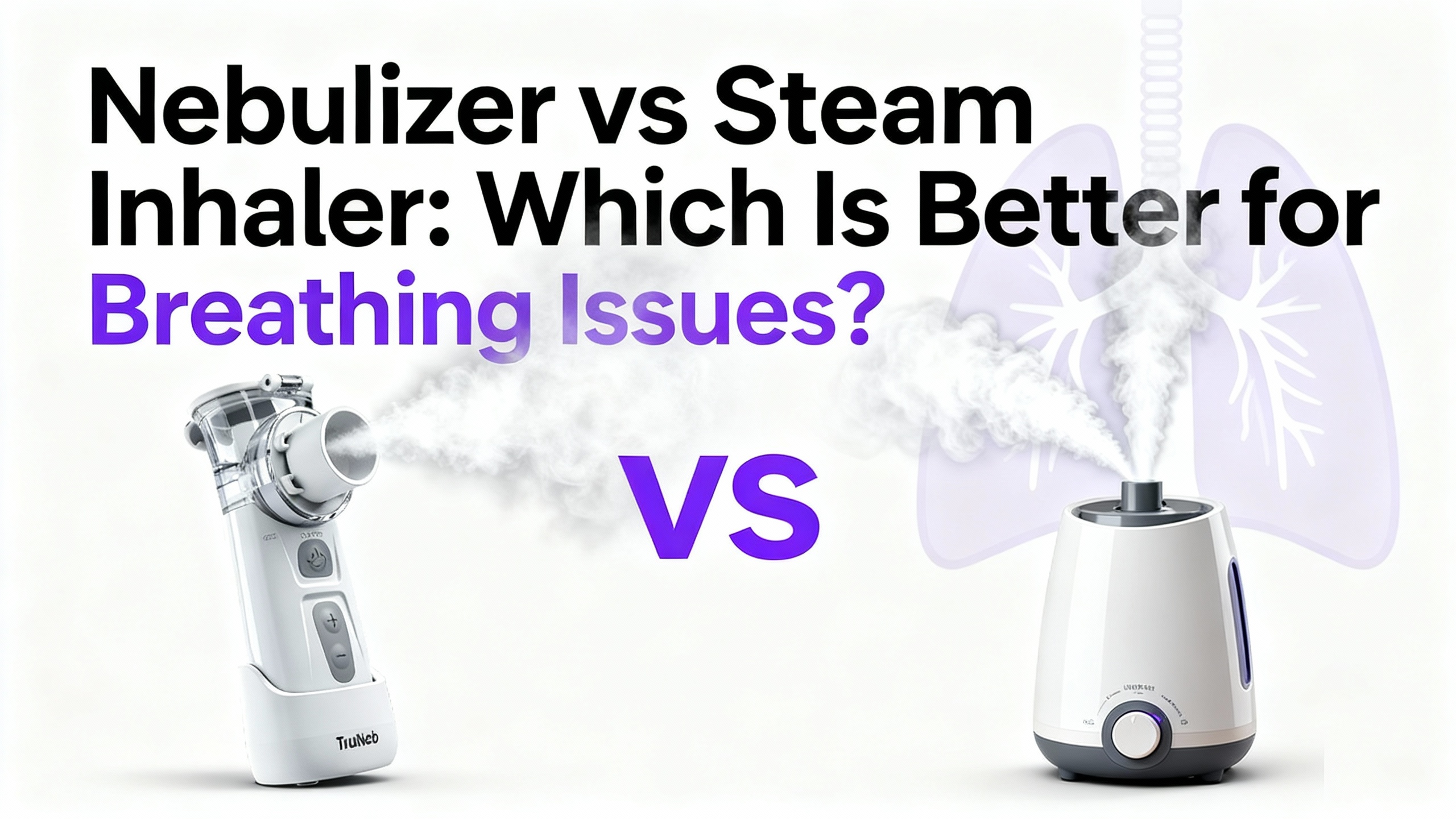
Understanding Nebulizers and Steam Inhalers
If you're comparing a steam inhaler vs nebulizer and wondering about the difference between a nebulizer and a steam inhaler, here's the simple breakdown. A nebulizer turns liquid medicine into a cool mist you breathe into your lungs. A steam inhaler (or steamer) warms water to make moist vapor that comforts your nose and throat. Heads up: Steam inhalers aren't nebulizers—don't use them for prescription medicines.
Takeaway: a nebulizer delivers medication to the lower airways; steam provides soothing moisture to the upper airways.
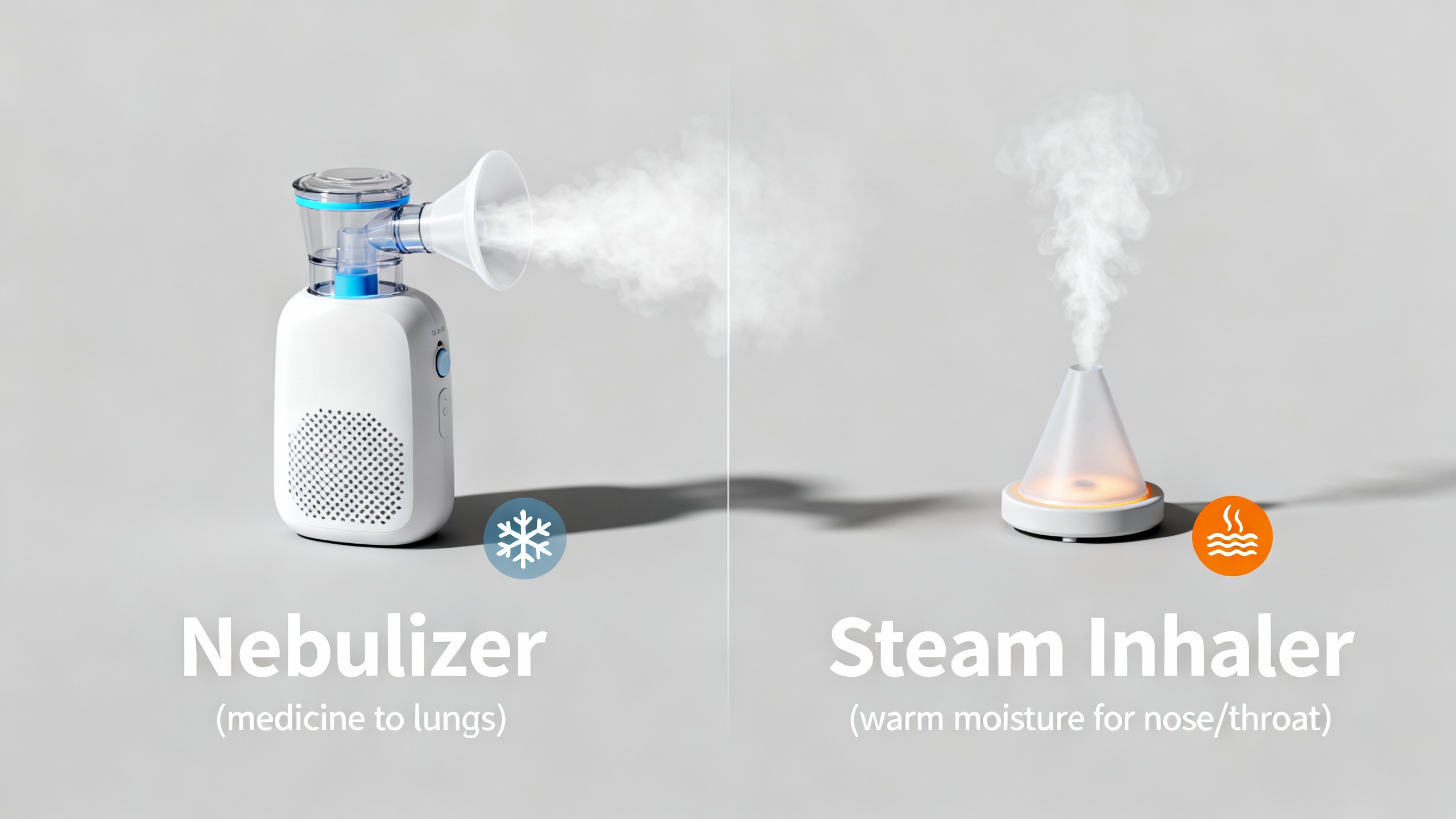
What Is a Nebulizer and How It Works
A nebulizer is a medical device that changes liquid medication into a fine aerosol you breathe through a mask or mouthpiece. Compressor (jet), mesh, and ultrasonic nebulizer models are common. The cool mist can carry bronchodilators like albuterol, inhaled steroids such as budesonide, or sterile saline deep into your bronchi and lungs. Nebulizers produce fine aerosol droplets designed to reach the lower airways. Treatments take a few minutes and are used in asthma or COPD care when prescribed by a doctor.
A portable mesh nebulizer like TruNeb™ is small, quiet, and travel-friendly, so you can keep your routine steady.
Takeaway: a nebulizer turns liquid medication into a fine aerosol you inhale so treatment reaches the lower airways.
What Is a Steam Inhaler (Vaporizer) and How It Works
A steam vaporizer heats water to create warm vapor you inhale. People use small plug-in units or the classic bowl of hot water and towel setup. A steam vaporizer warms water to produce moist air for the nose, sinuses, and throat—it doesn't deliver medication to the lungs. The warm, moist air can loosen mucus and soothe irritated nasal passages, sinuses, and throat. Its larger, warm droplets mostly affect the upper respiratory tract, so relief is usually short-lived once the session ends.
Takeaway: a steam inhaler warms water to make moist vapor for upper-airway comfort—it doesn't deliver medication to the lungs.
Key Differences: Nebulizer vs Steam Inhaler (Not Interchangeable)
Although both involve inhaling a mist, they differ in purpose, what you breathe, temperature, and where they act.
| Factor | Nebulizer | Steam inhaler |
|---|---|---|
| What you inhale | Medicated or 0.9% sterile saline aerosol | Warm water vapor (no medication) |
| Temperature | Cool or room‑temperature mist | Hot steam |
| Main target | Lower airways (bronchi, lungs) | Upper airways (nose, sinuses, throat) |
| Typical use | Asthma/COPD meds; saline therapy as prescribed | Comfort for colds, sinus pressure, dry throat |
| Primary effect | Delivers treatment to lungs | Soothes and loosens mucus; temporary relief |
| Safety focus | Correct dosing, device cleaning | Burn risk from hot water/steam |
Note: Do not put prescription medicines in a steam inhaler. For children, avoid direct steam due to scald risk; use a nebulizer only with clinician guidance.
In short: a nebulizer is for delivering medicine to your lungs; a steam inhaler is for soothing moisture in your nose and throat — not substitutes.
When to Use a Nebulizer
Doctors recommend nebulizers when medication needs to reach your lungs.
- Asthma flares or maintenance with doctor-prescribed solutions (for example, albuterol or budesonide).
- COPD or chronic bronchitis management where inhaled meds can open airways.
- Saline nebulization can loosen thick mucus (including in pediatric bronchiolitis) as advised by a doctor.
Takeaway: doctors use nebulizers when medication needs to reach the lungs for conditions like asthma or COPD.
When Steam Inhalation Helps
Steam helps when comfort is the goal for upper-airway symptoms.
- Stuffy nose or sinus pressure from a cold, allergies, or sinusitis.
- Dry, scratchy throat or mild cough irritation.
- Short, soothing sessions during dry winter air.
Limitations: steam offers temporary comfort, doesn't deliver medication to your lungs, and relief is usually temporary.
Takeaway: steam inhalation is best for short-term comfort with nasal or sinus congestion and throat irritation.
Nebulizer vs Steam Inhaler for Common Situations
For a cough or chest congestion
- If you're weighing nebulizer vs steamer for cough from a common cold with thick mucus and no wheeze, steam can loosen mucus and soothe your throat.
- If you have wheezing, chest tightness, or a known lung condition, a nebulizer with prescribed meds or saline can help because it reaches the lower airways.
For asthma or wheezing
- Asthma needs inhaled medication. Steam doesn't open narrowed bronchi. This is where a steam inhaler vs nebulizer for asthma differs—use your nebulizer or inhaler as directed by your doctor.
For babies and young children
- Pediatric care usually uses nebulizers (including sterile saline) because dosing is controlled. If you're deciding on a nebulizer or steam for baby/infant comfort, avoid direct hot steam near infants due to burn risk. A steamy bathroom (indirect steam) can be safer for brief comfort, and pediatricians sometimes discuss nebulized saline for bronchiolitis.
For voice and throat care
- Steam can feel soothing, but nebulized sterile 0.9% saline hydrates vocal folds without heat. Plenty of voice users prefer a gentle saline nebulizer session for hydration when advised.
Takeaway: choose a nebulizer for lower-airway symptoms like wheezing; choose steam for upper-airway congestion.
Pros and Cons of Nebulizers
- Pros
- Delivers medication directly to the lungs, which can speed relief for asthma or COPD when prescribed.
- Easy to use for all ages, including kids and older adults.
- Versatile: works with bronchodilators, steroids, or sterile saline as directed.
- Portable options: a compact mesh device like TruNeb can fit in a small bag.
- Cons
- Needs regular cleaning to prevent germ buildup.
- Takes a few minutes per treatment and a power source or batteries.
- Medication side effects can occur (for example, jitteriness with some bronchodilators). Follow your prescription.
Takeaway: nebulizers treat lung conditions by delivering medicine but require cleaning and setup time.
Pros and Cons of Steam Inhalation
- Pros
- Soothes nasal and sinus congestion and can loosen mucus.
- Drug-free and accessible with simple equipment.
- Comforting warmth for a dry, irritated throat.
- Cons
- Does not treat lung conditions or deliver medication.
- Burn risk, especially for children, from hot water or steam spills.
- Short-lived relief, so sessions sometimes need repeating.
Note: keep sessions short and steam warm, not scalding.
Takeaway: steam offers quick, drug-free comfort for stuffy noses but doesn't treat lung problems.
Safety Tips You Should Know
Safe steam use
- Keep hot water on a flat, stable surface; stay back 8–12 inches.
- Use warm, not boiling, steam. Stop if it stings.
- Don't use direct steam for infants; consider a steamy bathroom instead.
- Avoid essential oils for babies, and use sparingly for adults.
- In the cited review, most pediatric steam-related burns involved overturned bowls or kettles and children under 5.
Safe nebulizer use
- Use only prescribed neb solutions or sterile saline. Don't use tap water; use sterile solutions only, as directed.
- Clean the cup, mask, and mouthpiece after each session; let them air-dry.
- Disinfect and replace parts as the manual recommends.
- Supervise children during treatments.
⚠️ If you have severe symptoms like trouble breathing, chest pain, blue lips or face, confusion, or a high fever, seek emergency care right away. If your symptoms don't improve or you're unsure which device to use, talk to your doctor.
Takeaway: keep steam warm—not hot—and keep nebulizer parts clean and used only with sterile solutions or prescribed meds.
Can Steam Inhalation Replace a Nebulizer?
No. Steam can comfort your nose and throat, but it doesn't deliver medication to your lungs. A nebulizer sends medicated or saline mist into the lower airways, which is why it's used for asthma, COPD, and other lung issues under medical guidance.
One-liner: steam soothes; a nebulizer treats.
Conclusion: Choose Treatment vs Comfort Based on Your Symptoms
A nebulizer delivers medication or sterile saline to the lungs for conditions like asthma or COPD as part of doctor-guided care. A steam inhaler provides warm moisture for upper-airway comfort and temporary relief. If you're unsure what to use, talk to your doctor.
Disclaimer: This article is for informational purposes only and isn't a substitute for professional medical advice. Always talk to your doctor about your symptoms, diagnosis, and treatments.
Frequently Asked Questions
Tap or click a question below to see the answer:
No. Steam provides warm moisture for the nose and throat, but it doesn’t deliver medicine to the lungs; use a nebulizer for doctor-directed lung treatment.
For nasal or sinus congestion, steam usually helps more; for chest congestion or wheeze, a nebulizer with saline or prescribed meds may be more effective.
It can ease a cough from thick mucus or throat irritation, but it won’t treat wheezing or tight airways due to asthma.
Don’t put prescription medicines in a steamer. Some adults use menthol or eucalyptus, but they can irritate airways and aren’t safe for babies.
No. A humidifier adds moisture to room air; a nebulizer delivers a direct mist you inhale through a mask or mouthpiece.
Hot water and steam can cause burns. Avoid direct steam for infants; use a brief steamy bathroom instead and ask your pediatrician about saline drops or nebulization.

